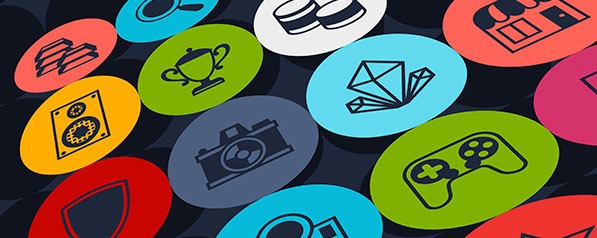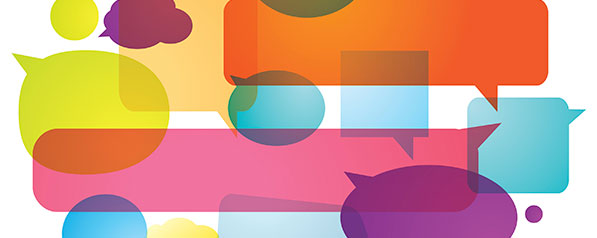How often do you take the time to consider if your employees are having “fun?” Traditionally, the words “fun” and “work” don’t always go hand in hand. However, many organizations are making it a point to promote fun in the workplace — and it’s paying off. It’s no coincidence that the 2014 Fortune 100 Best Companies to Work For saw 22 percent revenue increases and employee growth five times higher than the national average (Forbes).
What makes these companies so fun? Several factors need to be considered to create a fun, engaging workplace. The following elements that contribute to a successful employee reward and recognition program can make all the difference:
1. Social Recognition

Social media has become a focal point of interpersonal communication, across all generations. Professional social networks like LinkedIn and Yammer are already well-established. Whatever your recognition strategy is, it’s important to include a social component that allows employees to celebrate success together with peer-to-peer recognition, achievement badges, news feeds, and more.
2. Instant Win Prize Games

Instant Win Prize games can provide a level of fun and connection to an employee recognition program. Games can be used to deliver employee rewards in an exciting, interactive fashion. Employees can engage with a game that reflects your brand and vision while redeeming prizes for doing good work!
3. Communications

Aligning your internal communications with your brand and values is imperative. Companies need to develop a unique communication strategy that expresses their overall organizational vision. This needs to be reflected in emails, notifications, internal blogs, and every communicative aspect of your organization. Use every opportunity to create messages that are fun and engaging!
4. Rewards

Who doesn’t love to shop? Incorporating performance-based rewards such as merchandise, gift cards, or experiential rewards into your employee recognition program will create an engaging work environment. A comprehensive rewards strategy will allow for employees to be rewarded for reaching goals, overachieving, and working as a team.
When it comes time to evaluate your organization’s employee recognition strategy, considering these four components can be the difference between something that feels stale and boring vs. fresh and fun — and ultimately, results-driven.
References
Forbes. “Happy Employees = Hefty Profits” 2014.



